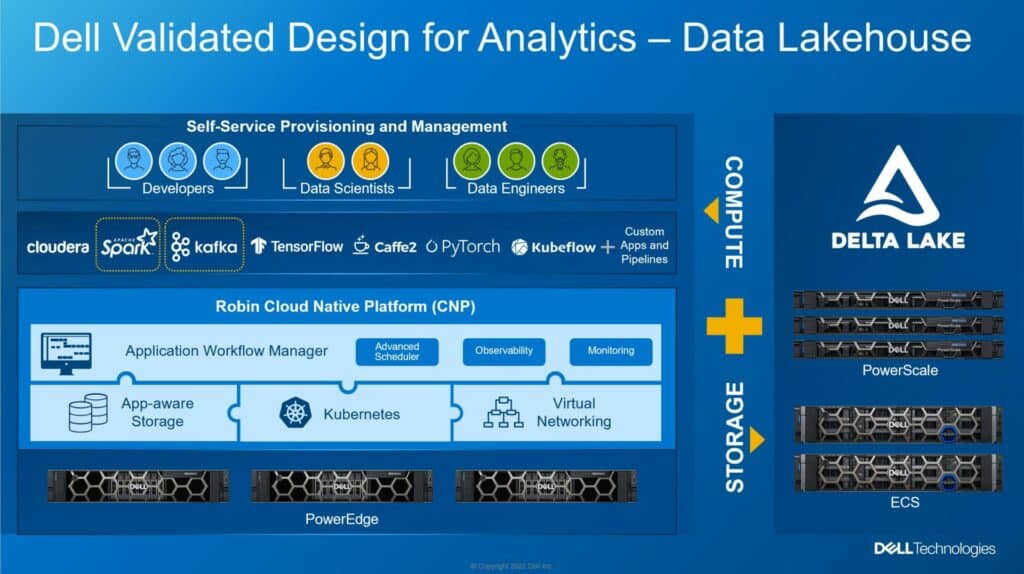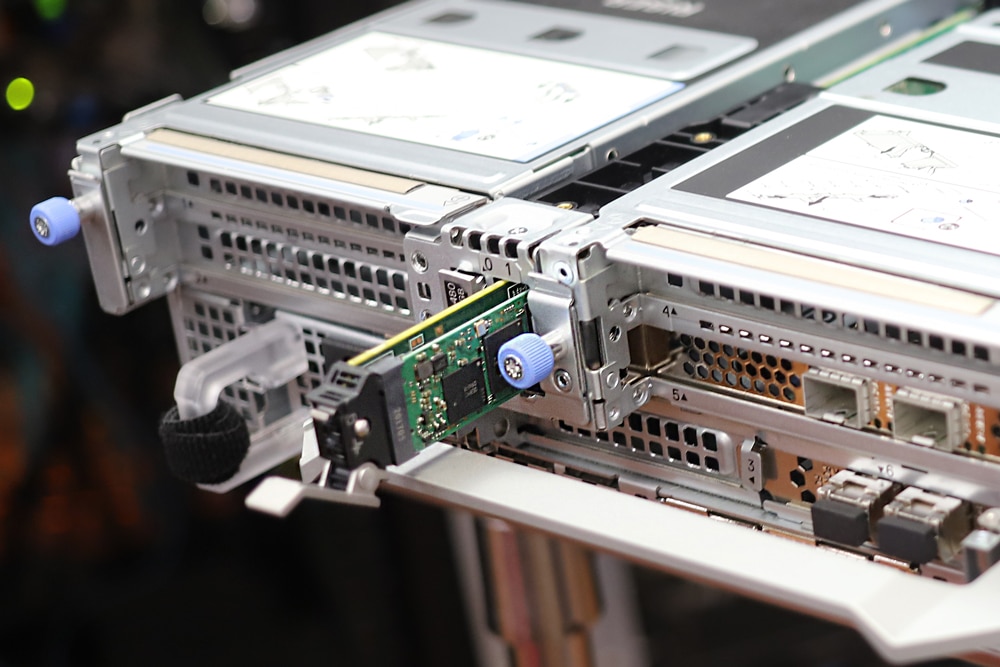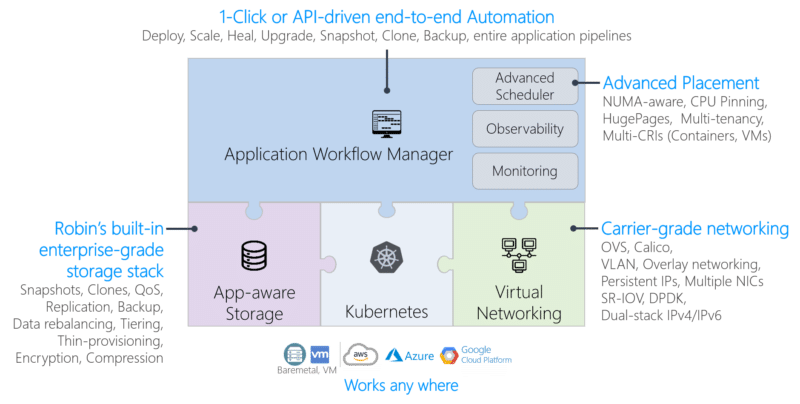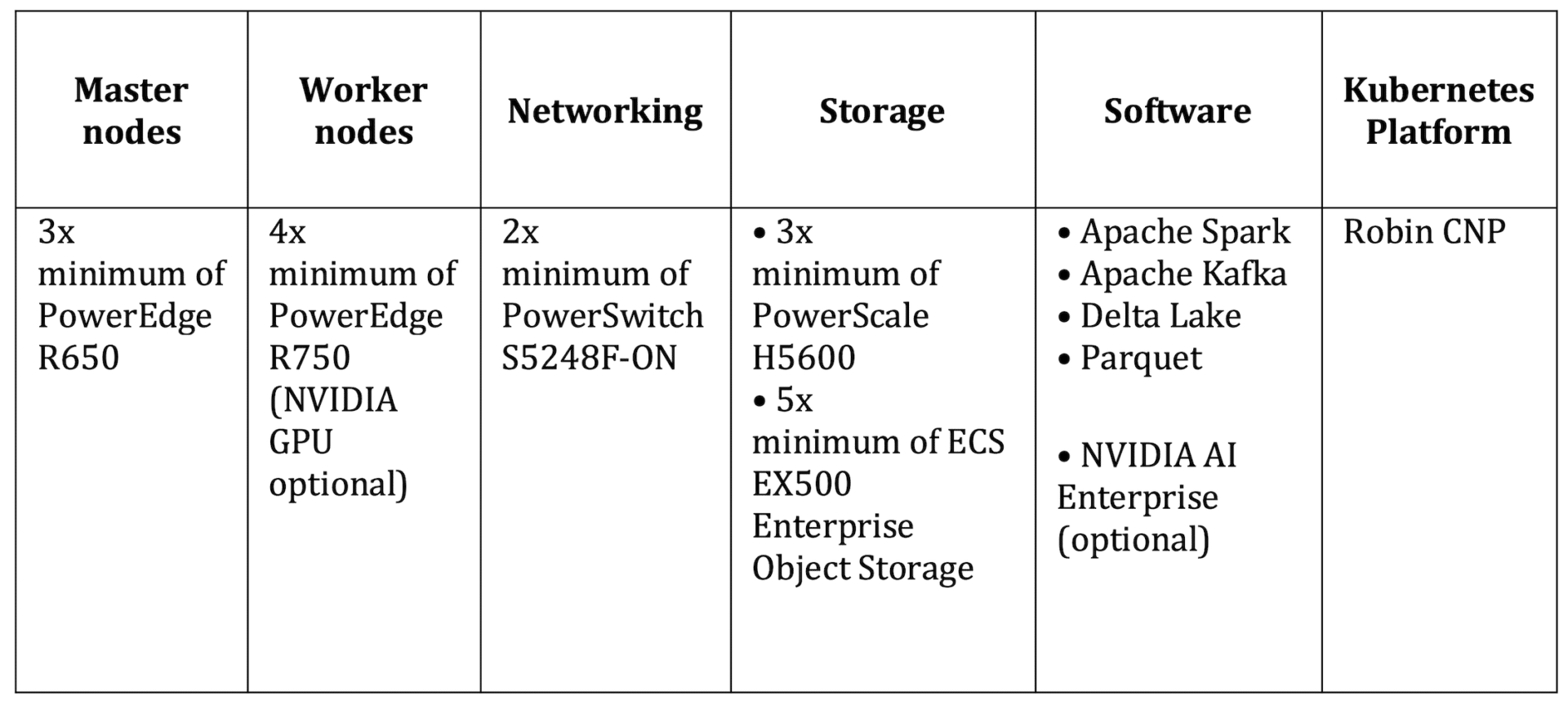Dell Technologies has introduced Dell Validated Designs for Analytics – Data Lakehouse enabling companies to combine both data lakes and data warehouses resulting in data quality, performance, security, and governance for all data types with self-service on-demand.
Dell Technologies has introduced Dell Validated Designs for Analytics – Data Lakehouse enabling companies to combine both data lakes and data warehouses resulting in data quality, performance, security, and governance for all data types with self-service on-demand.

Data Lakehouse
Dell Data Lakehouse enables evolving data management from siloed, rigid, costly, and slow to unified systems that enable business intelligence (BI), analytics, real-time data applications, data science, and machine learning (ML). The Data Lakehouse validated solution comprises gear across the Dell portfolio including PowerEdge, PowerScale, ECS Object Storage, and PowerSwitch.
It’s not all hardware though, the infrastructure is powered by Apache Spark and Kafka with Delta Lake technologies and Robin Cloud-Native Platform (CNP). When all bundled together, this solution is designed to harness more data to transform insights across organizations.
According to a blog by Chhandomay Mandal, Dell’s Director, ISG Solution Marketing, “Traditional data management systems, like data warehouses, have been used for decades to store structured data and make it available for analytics. However, data warehouses aren’t set up to handle the increasing variety of data Dell has devised a reference architecture-type design for a combined data lake/data warehouse using third-party partner software and its own server, storage, and networking hardware and software – text, images, video, Internet of things (IoT) – nor can they support artificial intelligence (AI) and machine learning (ML) algorithms that require direct access to data.”
Data lakes promised to help solve these issues by enabling enterprises to capture structured, unstructured, and semi-structured data more flexibly and cost-effectively than traditional data warehouses. Organizations use a data lake in tandem with a data warehouse by storing data in the lake and then copying it to the warehouse, making it more accessible and adding complexity and cost to the analytics landscape.
Once organizations have a better handle on this massive data footprint, Data Lakehouse supports all sorts of use cases. Business intelligence (BI), analytics, real-time data applications, data science, and ML are the lead candidates. The point Dell is making more or less, is that once you get a handle on sprawling data, it’s much easier to derive business benefits.
Dell Data Lakehouse Technical Specifications
Dell Data Lakehouse pulls together a lot of software, but ultimately it’s a hardware-based converged infrastructure underneath. Dell has pulled together some of its best hardware offerings across the portfolio to put this design together.
The table below highlights key components of the system, including the worker nodes that can support GPUs. Many organizations will want to go that route as so much of the analytics to be done on this data can benefit from the increased computational power GPUs can bring to bear.
The Dell Validated Designs for Analytics – Data Lakehouse is available now.
Data Lakehouse Flyer From Dell (PDF)
Engage with StorageReview
Newsletter | YouTube | Podcast iTunes/Spotify | Instagram | Twitter | Facebook | TikTok | RSS Feed



